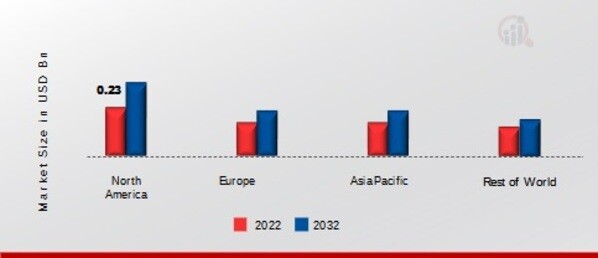Tracing Paper Size
Tracing Paper Market Growth Projections and Opportunities
The tracing paper market is influenced by several key factors that shape its dynamics and drive its growth. One significant factor is the increasing demand for tracing paper in various industries, including architecture, engineering, graphic design, and arts and crafts. Tracing paper is valued for its transparency, durability, and versatility, making it a preferred choice for applications such as technical drawing, sketching, drafting, and tracing of images and designs.
Moreover, the growing emphasis on digitalization and technology-driven design processes has not diminished the demand for tracing paper. Instead, it has led to complementary usage, with tracing paper often used in conjunction with digital tools for preliminary sketches, concept development, and prototyping. This trend has expanded the market for tracing paper, as designers and artists continue to rely on its unique properties to bring their ideas to life.
Another market factor is the availability of different grades and types of tracing paper to suit diverse needs and preferences. Manufacturers offer tracing paper in various weights, sizes, textures, and formats, catering to the specific requirements of different applications and user groups. Whether it's lightweight tracing paper for quick sketches or heavyweight paper for detailed drawings, the availability of options enhances the market's appeal and accessibility.
Additionally, the affordability and accessibility of tracing paper contribute to its market growth. Tracing paper is relatively inexpensive compared to other art and design materials, making it accessible to students, hobbyists, and professionals alike. Its widespread availability in art supply stores, stationery shops, and online marketplaces ensures easy access for consumers, further driving market demand.
Furthermore, the sustainability and eco-friendliness of tracing paper are increasingly important market factors. With growing awareness of environmental issues, consumers and businesses are seeking products that are made from renewable resources, recyclable, and biodegradable. Tracing paper, typically made from wood pulp or recycled fibers, aligns with these sustainability preferences, making it a preferred choice for environmentally conscious consumers.
The evolving regulatory landscape also influences the tracing paper market, particularly concerning product safety and environmental regulations. Compliance with quality standards, such as those related to paper manufacturing processes and chemical content, is essential for manufacturers to ensure product safety and regulatory compliance. Changes in regulations, including bans or restrictions on certain chemicals or materials, can impact the production, distribution, and usage of tracing paper, affecting market dynamics.
Moreover, market competition plays a significant role in shaping the tracing paper market. Key players in the industry engage in competitive strategies such as product innovation, brand positioning, pricing tactics, and distribution channel management to gain a competitive edge and expand their market share. Brand reputation, product quality, and customer service are crucial factors that influence purchasing decisions and brand loyalty in the tracing paper market.
Global economic factors also impact the tracing paper market, including fluctuations in raw material prices, currency exchange rates, and overall economic stability. Economic downturns may lead to reduced consumer spending on non-essential goods like art supplies, affecting market demand for tracing paper. Conversely, economic growth and increasing disposable incomes can stimulate market growth by expanding the consumer base and driving demand for creative and artistic pursuits.



 Source: Secondary Research, Primary Research, Market Research Future Database, and Analyst Review
Source: Secondary Research, Primary Research, Market Research Future Database, and Analyst Review

Leave a Comment